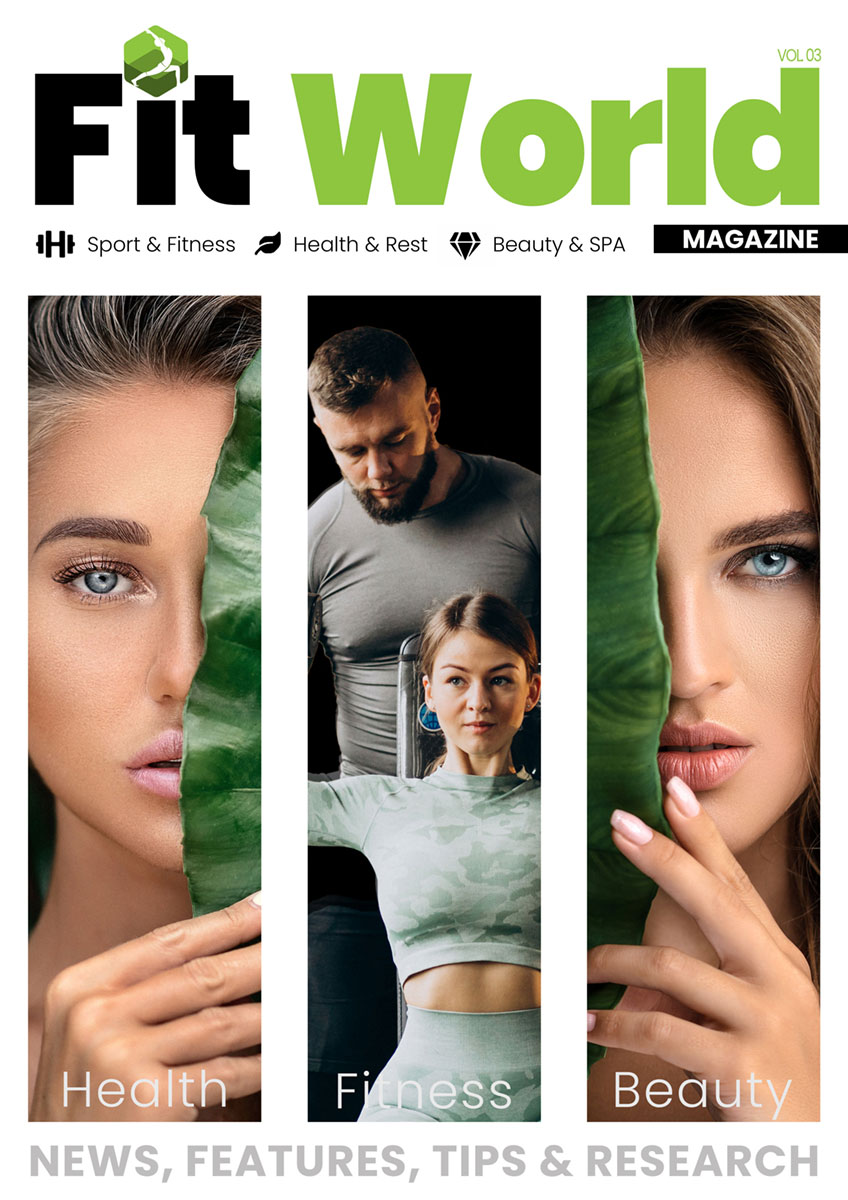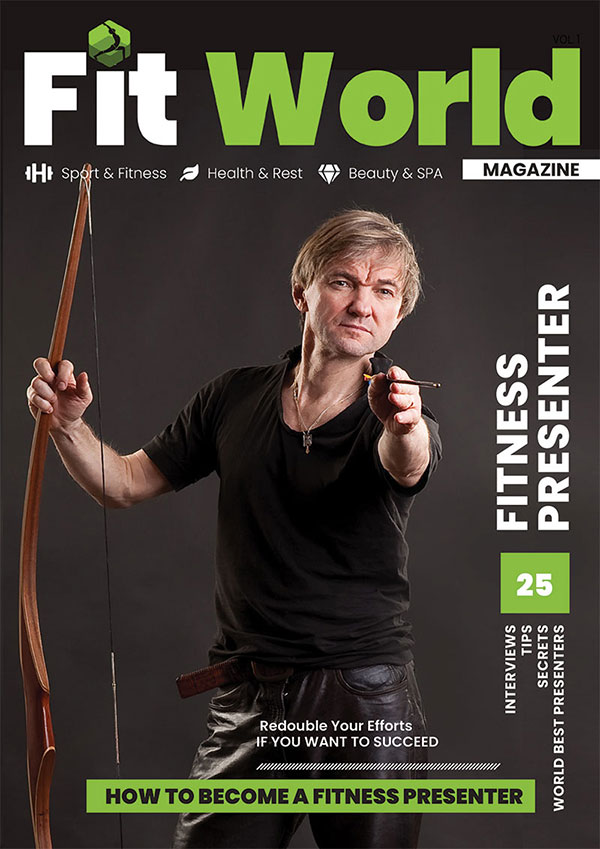Keep in mind that Pilates is not just a set of exercises in a certain order. Joseph Pilates approached his method specifically as a way to harmonize and unify body, mind and spirit.
The Pilates philosophy is based on six principles:
– Centering. The foundation of everything is a strong center. Tense your abdominal muscles, pull your belly button up against your spine. It is important that your spine be straight. You should feel the muscle tension throughout the class.
– Concentration. The utmost concentration and attention to each movement. If all your attention is given to the correctness of the exercises, the result will begin to appear very quickly.
– Accuracy and symmetry. It is necessary to ensure that the position of the body is straight, without misalignment – the shoulder blades, shoulders should be on the same line.
– Control. Exercises are performed with conscious control of each movement and full immersion in the action.
– Breathing. No breath – no Pilates. In the classroom uses the so-called middle thoracic breathing with inhalation through the nose and exhalation – through the mouth.
– Extension. During training, you must feel the stretching in the entire spine.
Important. These six principles should always be followed during the workout, no matter where you are – at home or in the gym. But simultaneous exercise and talking on a cell phone – not for Pilates.
What’s the right way to practice: tips for beginners
The main mistake of all beginners – we want everything at once. This is fundamentally the wrong approach, as exercises in Pilates vary in complexity – they can be compared to dance steps.
It is not necessary to train till insanity – two or three times a week for 30-40 minutes is enough. In most cases, Pilates is combined with other types of fitness training, but even if this is not the case, the specified time is enough to feel tired.
The warm-up is different than the traditional workout. You just need to stand for 3-4 minutes and tune in to the class. The main thing is to stand with the right posture.
Exercise is performed smoothly, without jerks. It is necessary to monitor the heart rate was not exceeded.
Important. Control over breathing – perhaps the most difficult in the first lessons. It is necessary to learn to coordinate the movements, breathing and immersion in the process.
Basic exercises
Each movement in Pilates involves all the muscles of the body, but is aimed at correcting a certain area. There is no clear, rigid gradation, as the exercises were originally developed with the aim of returning flexibility and the natural position of the spine, as well as to strengthen the abdominal muscles.
Schematically, the exercises can be divided into several groups:
– Complexes for the abdomen, back, muscular corset;
– Complexes for the thighs and buttocks;
– Complexes for the upper body.
Stretching exercises can also be divided into a separate group.
Important. Do not forget that there are exercises for beginners and advanced.
Who can do Pilates exercises?
Pilates should pay attention to those who are contraindicated to shock training – because of problems with joints, blood vessels. The low impact load and relatively slow tempo of each exercise eliminates injury and does not provoke an increased heart rate.
Regular exercise helps strengthen the muscular corset, straighten the spine and improve posture. Pilates is therefore excellent for those who want to look beautiful and attractive without grueling exercise.
Contraindications and Harms of Pilates
Unlike other types of fitness Pilates refers to a relaxed, low-impact workout. It is believed that people of almost any age and even the very elderly can engage in it.
However, there are a number of workout contraindications:
– recent surgeries;
– cardiovascular disease;
– Diseases of the musculoskeletal system in the period of exacerbation;
– Large excess weight or obesity;
– Pregnancy – intensive exercise is contraindicated.
Important. After 40 years old it is recommended to visit your doctor before starting classes.
Can pregnant women do the exercises?
Certain Pilates exercises are included in classes for pregnant women. Training is performed in a relaxed mode with minimal stress. The main focus is on proper breathing and strengthening, stretching the abdominal muscles and the back.
Elastic and strong muscle corset helps to reduce the load on the spine, reducing the risk of lower back pain. Properly delivered breathing will alleviate contractions and ensure a full flow of oxygen to the baby in labor.
What are the best clothes to wear
The main requirement for Pilates clothes is that they should be comfortable and not restrict movement. The material composition should include natural thread, which ensures air exchange and moisture absorption.
All Pilates exercises are characterized by precision of movement, so it is more rational to wear clothes that fit the body. You should avoid long wide pants and wide-bellied shirts – it looks unaesthetic and makes it difficult to control your exercises and is a distracting factor.
Shoes should be comfortable for your feet. Pilates is a low-impact workout with minimal stress on the joints. Therefore, there are no such rigid requirements as, for example, in step aerobics. You can buy sneakers or sneakers with a thin sole, as you prefer.
In most cases, the workout is barefoot on individual mats.
Differences between Pilates and Yoga, Stretching and Callanetics
Pilates is based on the philosophy of harmonization of body, mind and spirit – in this you can see its similarity to yoga. The only thing is that yoga is thousands of years old, while Pilates is only less than a hundred years old. If you look at the exercises, Pilates is still movement-oriented, while yoga is static.
The second similar trend in fitness is stretching. Some elements of stretching are also present in Pilates, but the latter is more dynamic. The main purpose of Pilates – flexibility, strengthening the muscle corset, straightening and stabilizing the spinal column. While stretching is aimed more at increasing joint mobility and stretching the muscles.
Callanetics is one more “twin brother” of Pilates. It is based on a complex of elements of ballet, yoga (asanas) and breathing technique. The technique is aimed more at burning fat tissue, although regular exercise also strengthens the back and abdominal muscles. The main difference between Callanetics and Pilates is a more relaxed pace and complex postures, which are sometimes impossible to master without a trainer.
Can you do it at home?
Pilates is quite possible to practice at home. On the Internet there are a huge number of video lessons, among which it is possible to find a suitable one for you on the level of training.
Do not forget that in preparation for Pilates are the same rules that apply to other types of fitness – just before a workout can not eat too much.
Choose a recording in Russian or one that you understand. During the class, the instructor explains how to breathe, how to concentrate, and what points you should pay attention to.














